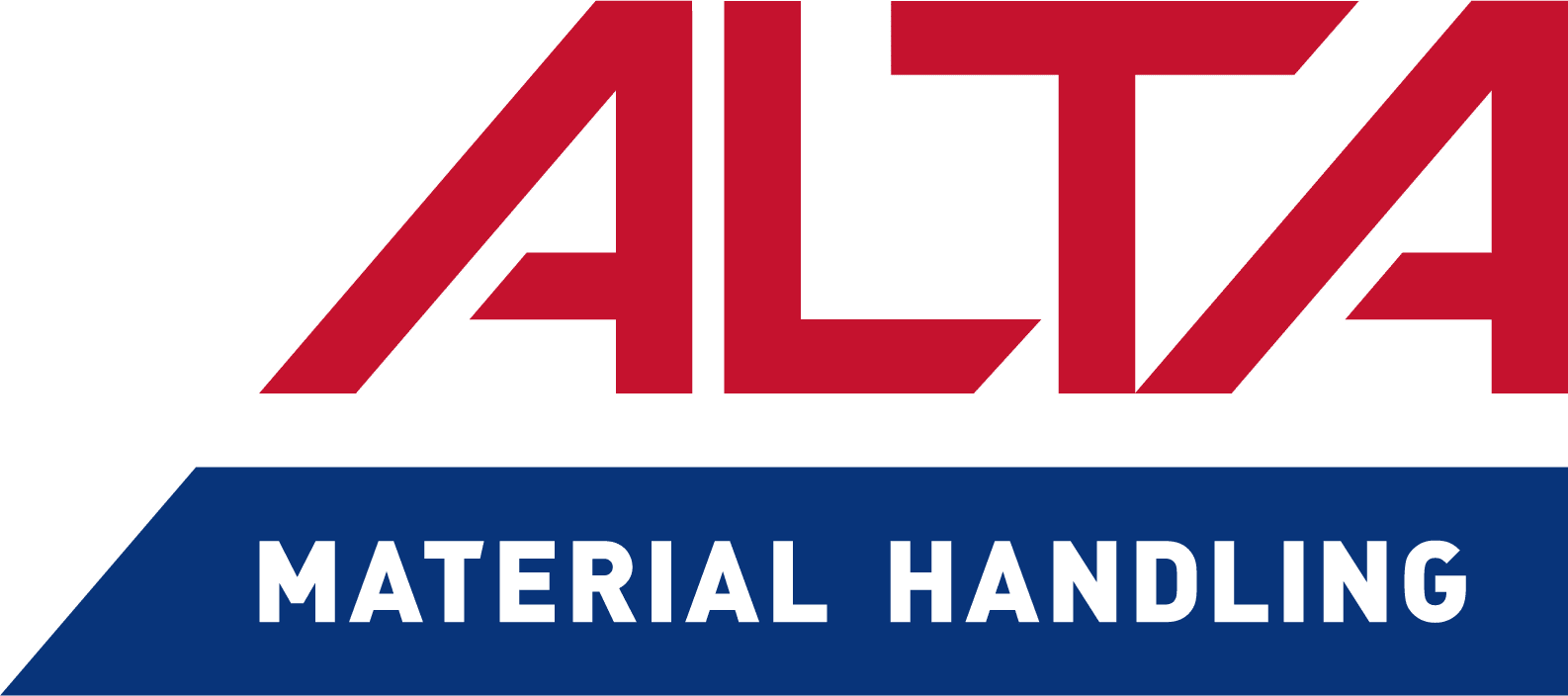Canadian distribution centers are operating in an environment defined by rising costs and rising expectations. Customers demand faster delivery and greater accuracy. At the same time, facilities must contend with higher labor costs, expensive industrial real estate, and increasing energy expenses.
The path forward is not incremental improvement, it’s transformation.
Challenge 1: Labor Costs and Workforce Shortages
Labor costs in Canada continue to climb, with provincial minimum wages increasing and competition for skilled staff intensifying. But even with higher wages, availability is limited. Facilities often struggle to recruit for night shifts, seasonal peaks, or specialized roles like cold storage.
Automation reduces reliance on volatile labor markets. Goods-to-person systems, robotic picking, and AMRs ensure throughput even when shifts can’t be fully staffed. Facilities become less vulnerable to shortages, while workers benefit from safer, less repetitive jobs.
Challenge 2: High Real Estate Costs and Space Constraints
Canada’s industrial hubs—Toronto, Vancouver, Montreal—are experiencing historically low vacancy rates and some of the highest lease costs in North America. Expanding a facility isn’t always possible, and when it is, it comes at a steep price.
High-density storage solutions, such as vertical lift modules (VLMs) or multi-level pick modules, allow facilities to dramatically increase capacity without additional square footage. Smarter layout design ensures every square meter contributes to throughput.
Challenge 3: Rising Energy Costs and Sustainability Pressures
Electricity and fuel costs are rising across Canada, with carbon pricing and environmental policy accelerating the trend. For energy-intensive operations—particularly cold storage—these costs significantly impact profitability.
Automation delivers energy efficiency by minimizing unnecessary movement and optimizing workflows. Proactive lifecycle service ensures equipment runs at peak efficiency, extending asset life and reducing waste.
Turning Challenges into Opportunities
Labor, real estate, and energy costs are not temporary issues—they are defining features of the Canadian market. Distribution centers that treat them as short-term obstacles will continue to struggle. Those that view them as catalysts for transformation will thrive.
Automation and lifecycle service offer a direct, measurable way to respond. Facilities that adopt these solutions see labor savings of 30–50%, throughput improvements of up to 2x, and ROI within 12–36 months.
Conclusion
The challenges facing Canadian distribution centers are real, but so are the solutions. By embracing automation and proactive service, facilities can reduce costs, increase throughput, and build the resilience needed to meet the demands of today’s market.


